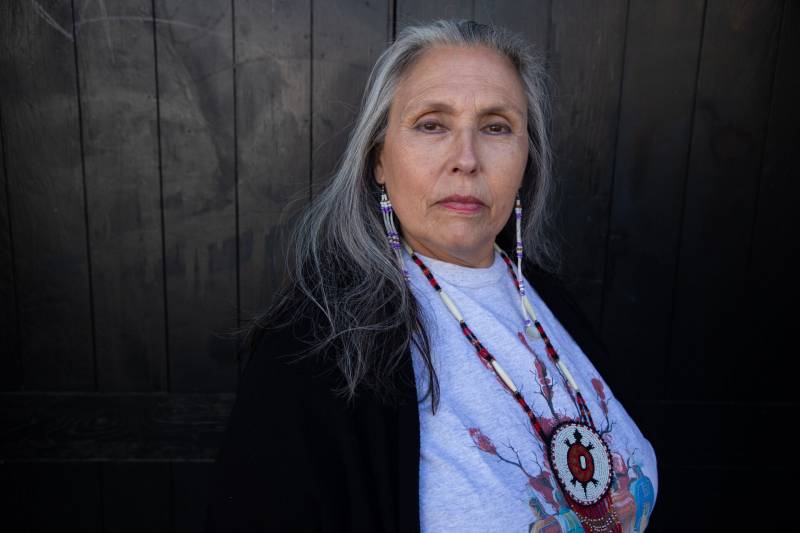In Indigenous protocol, we’re beginning this week’s episode honoring the original stewards of this land that many of us in Frisco now occupy — the ancestral homeland of the Ramaytush Ohlone.
Now, let’s take a trip down Valencia Street to La Misión.
The neighborhood is home to not one, but two rich cultural districts. Calle 24 Latino Cultural District was first established in 1999. More recently, in 2020, it was joined by the American Indian Cultural District — a home base for the Urban Native community. Its aim is to uplift the culture, history, and continuing contributions of American Indians in San Francisco and beyond.
On this week’s Rightnowish, we introduce you to some of the people behind this cultural district that’s the first of its kind in the Golden State.
Mary Travis-Allen (Mayagna, Chortega, Seneca) is the President of the District’s Advisory Board and recalls memories of “Little Rez” along 16th Street. Debbie Santiago (Washoe, Osage) and her mother, Alberta Snyder (Washoe) share their memories about the SFUSD’s Indian Education Program that ran out of the American Indian Cultural Center on Valencia Street in the 70s and 80s. Karen Waukazoo (Lakota) remembers her late mother and local hero, Helen Waukazoo, who co-founded Friendship House, the oldest social service organization in the United States run by and for American Indians. Last but not least, we venture to the waterfront at Fort Mason to talk with Sharaya Souza (Taos Pueblo, Ute, Kiowa), the Executive Director of the American Indian Cultural District about the legacy of the Alcatraz occupation.
There are so many Native stories alive in La Misión — we hope this is just the start to more of us hearing about them.
Below are photos along with some lightly edited excerpts from the episode.
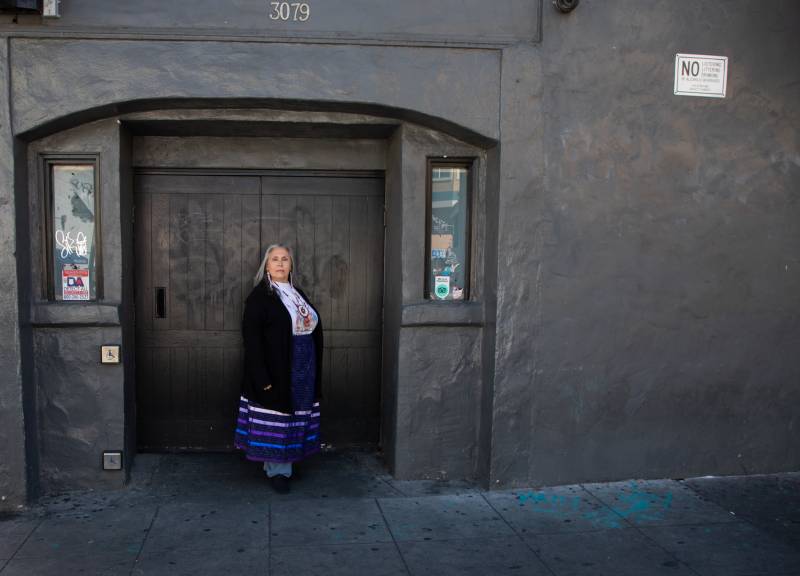
Mary Travis-Allen: Warren’s Slaughterhouse Bar … was a meeting location for us back in the 60s and 70s, and helped foundationally bring our community together.
With people coming from all over the states and different reservations, they were able to socialize — but more importantly, discuss the similarities of the struggles that they were having… because what people were experiencing here was a failure of yet another promise by the government to move our communities into the city and assimilate into America. They struggled for employment, and they found that there really wasn’t the resource or the realization of this American Dream that had been promised to them.
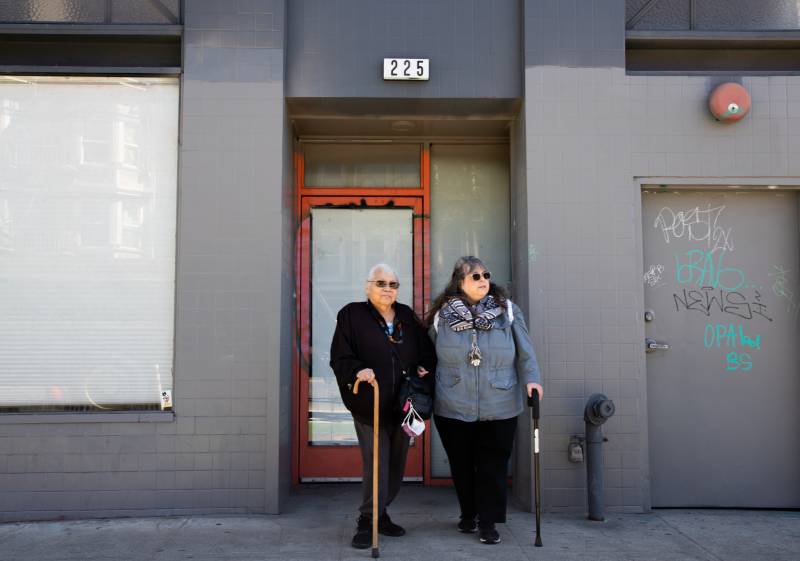
Debbie Santiago: Our people … after a long period of time, have been overlooked and unseen. People come up to me and say, “Oh, you don’t exist.”
Alberta Snyder: “I didn’t know there was any American Indian people still living here in the Bay Area …”
And so we have to laugh and tell them, “I’m American Indian, number one, and I’ve lived here in the Bay Area all my life.” … There’s a big community of American Indian people from different tribes that was relocated into the Bay Area. So to me, it’s always funny that they’re thinking, you know, that we’re gone, with the cowboys or whatever.
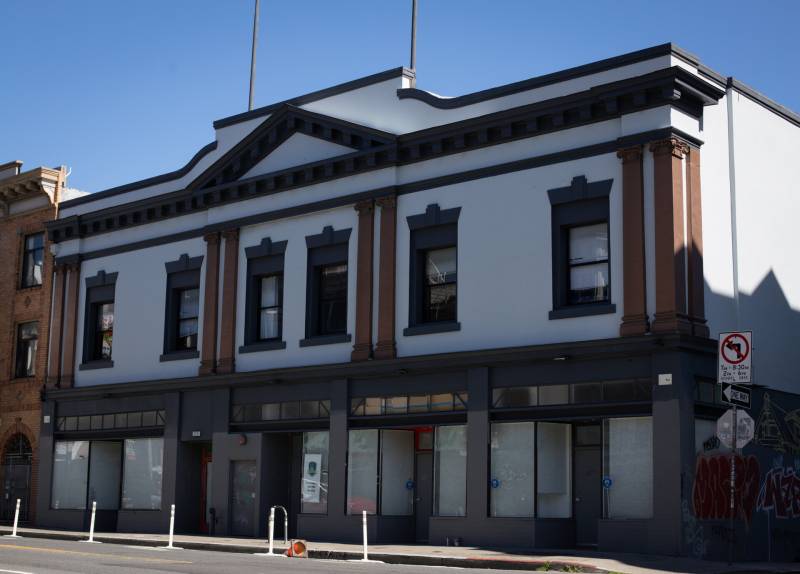
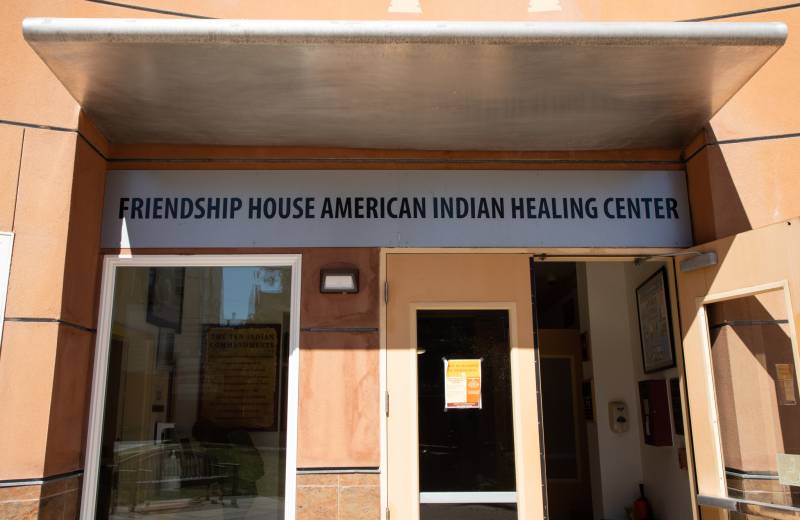
Karen Waukazoo: My mom came out around early 60s … She was taken from her family by the U.S. government to go to a boarding school. … While she was here [in San Francisco] she saw that there was so much alcoholism, and there was no place for Native Americans to go for that. That is when she started this program.
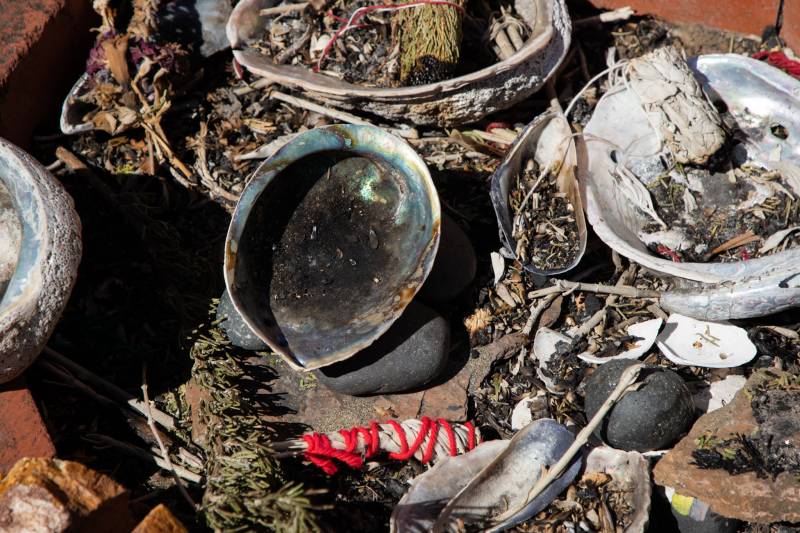
Marisol Medina-Cadena: And the alcoholism that your mom was seeing didn’t happen out of nowhere, right?
Karen Waukazoo: Yes, completely! So, Natives face all the same issues as when my mom first came here: housing, jobs, health, mental health care, suicide prevention, substance abuse treatment… My mom would always say it’s a shame that Natives are homeless on their own land.
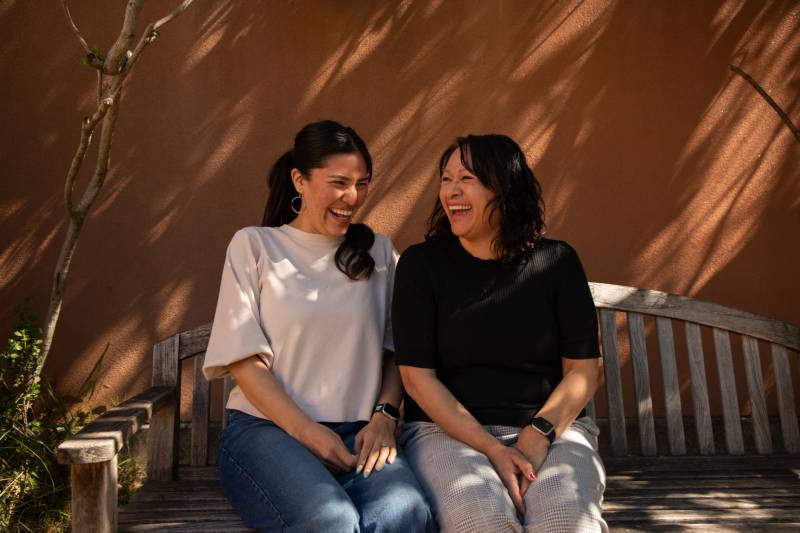
Karen Waukazoo: The unique thing about Friendship House is that it provides these services in a very culturally specific way, which is important to our Native people. There can be a deep-seated level of distrust in government services because … being separated from your family can cause hurt and pain…
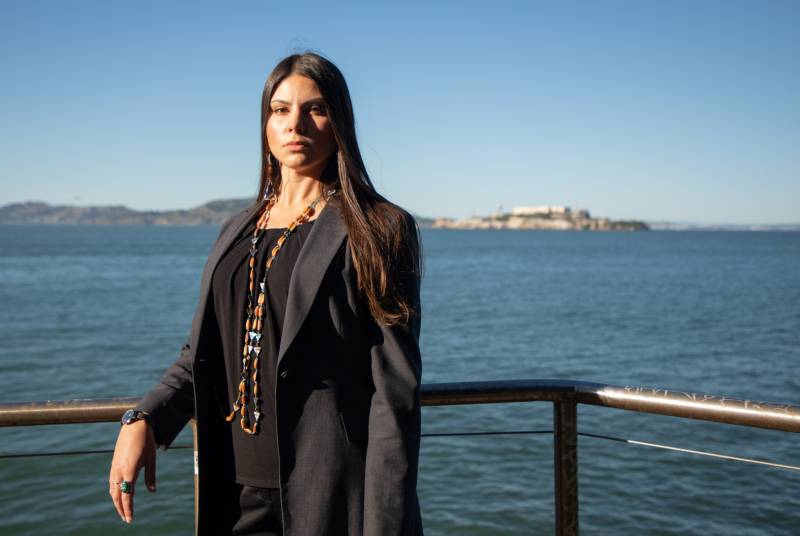
Sharaya Souza: What people don’t know is that at one point, the Mission district was called the “Red Ghetto.” At one point, it was a thriving, bustling area of American Indian businesses, organizations and community members. And today, when we look at the data that comes from a map, we still see many of our members actually reside in the cultural district. …It is a continuing history. It is a living history.
One of the biggest things that I’ve noticed coming into San Francisco — aside from the fact that we don’t have tribal liaisons like we do in the governor’s office or at state institutions — is that this city is predicated on equity and racial equity … yet [American Indians] have the lowest graduation rates, the highest suicide rates, the lowest employment rates, the second lowest income, the lowest homeownership rates. Our funding for our youth is completely disproportionate. And it’s not about competing with each other for resources. It’s really just understanding how we’ve constantly turned a blind eye to American Indians.
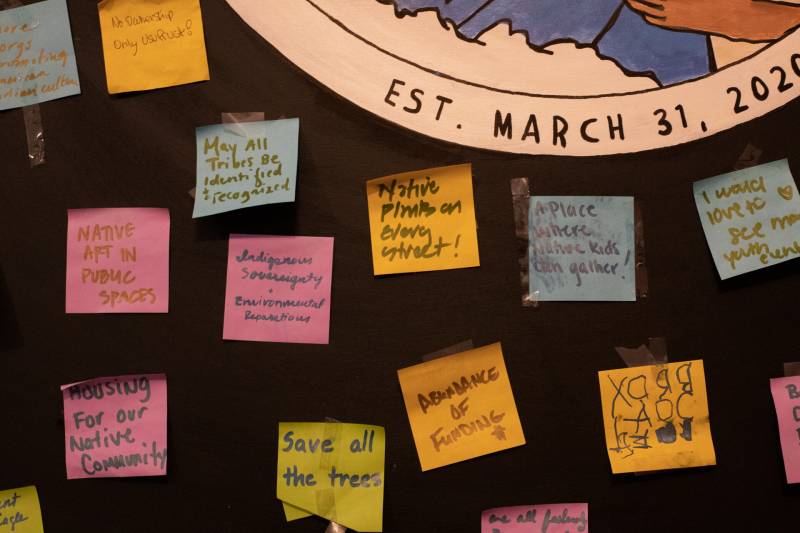

Rightnowish is an arts and culture podcast produced at KQED. Listen to it wherever you get your podcasts or click the play button at the top of this page and subscribe to the show on NPR One, Spotify, Apple Podcasts, TuneIn, Stitcher or wherever you get your podcasts.
